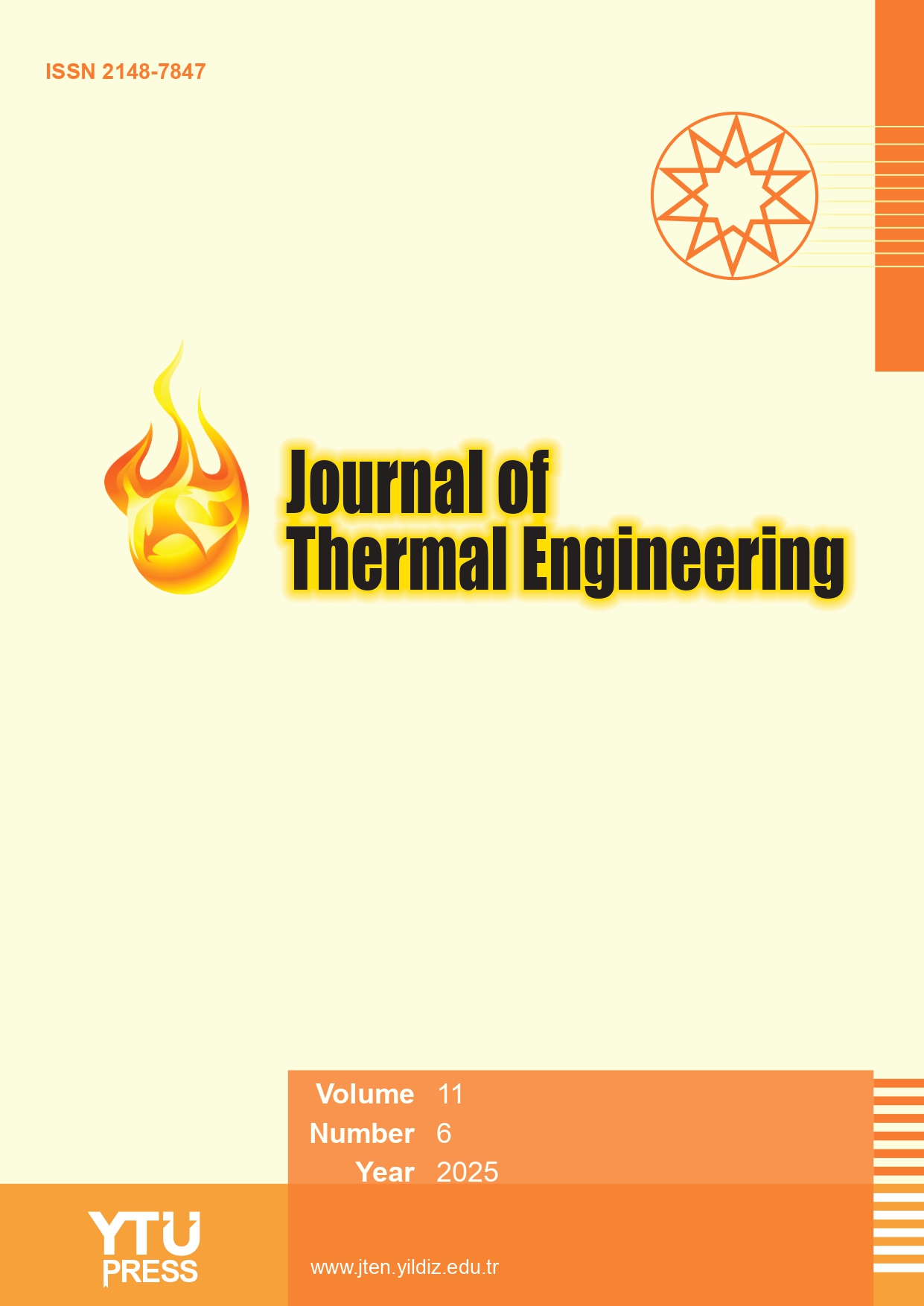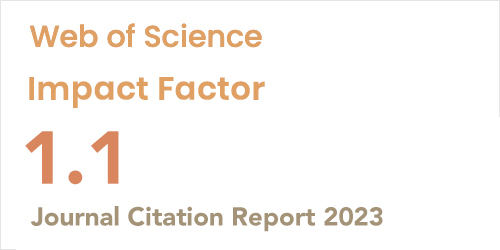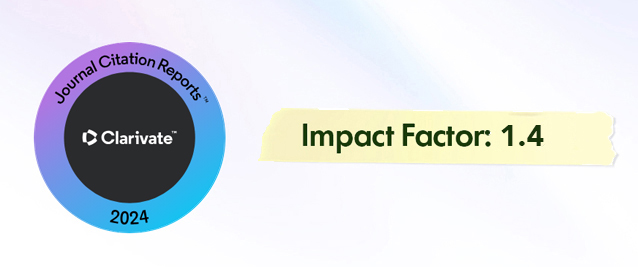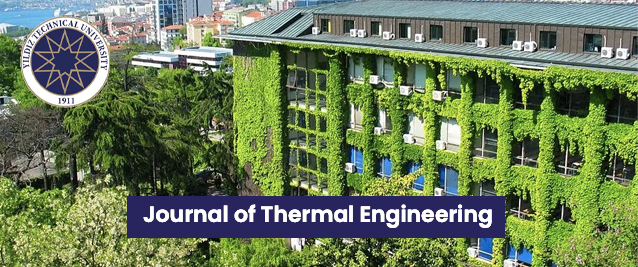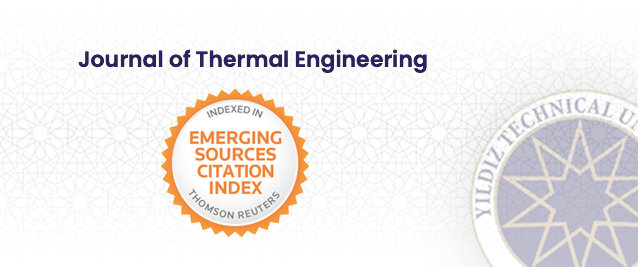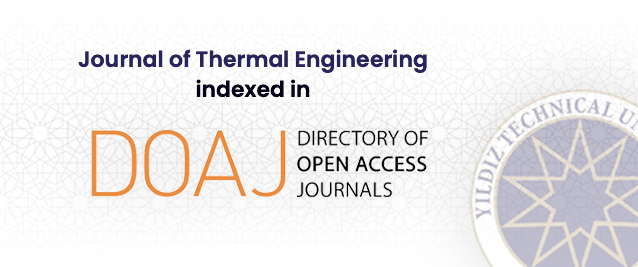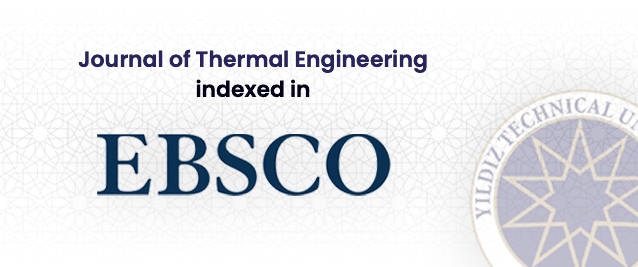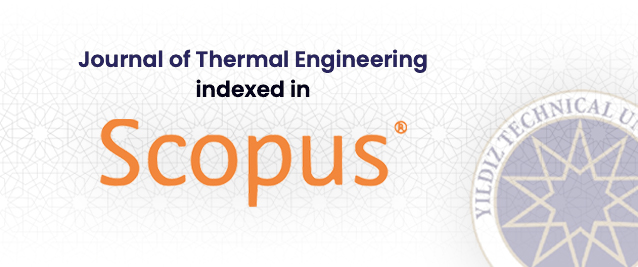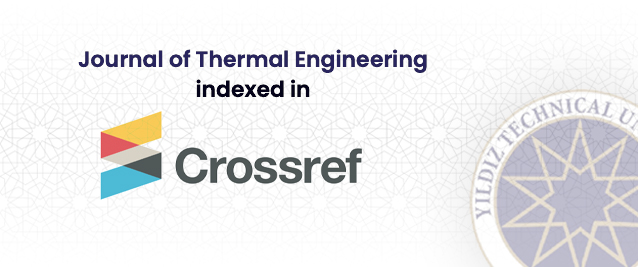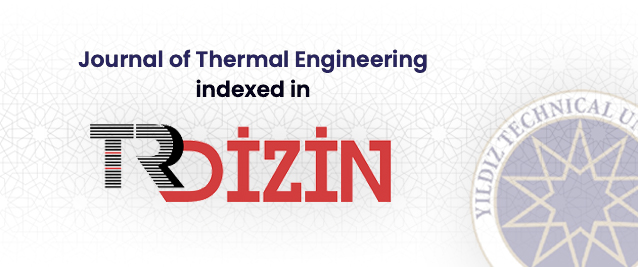2Department of Mechanical Engineering,Sardar Vallabhbhai National Institute of Technology (SV NIT), Surat, Gujarat, 395007, India
3Department of Mechanical Engineering, Government Engineering College, Valsad Gujarat, 396001, India
4Department of Mechanical Engineering, University of Windsor, Windsor, Ontario, N9B 3P4, Canada
Abstract
Pico-scale turbines, such as Turgo and Pelton, are site-specific and show variable performance under various operating and design parameters. Experimental investigation and response sur-face methodology were combined to optimize the geometrical parameters of Pelton and Turgo turbine runners in the present study. Low-cost, lightweight hybrid runners with 3D-printed buckets and aluminum runner discs with a vertical turbine axis were designed for low-head applications. Multivariate statistical evaluation and response surface methodology were con-ducted using Design Expert 13.0 software, with a central composite design applied to ana-lyze results and optimize parameters through 80 test runs. Quadratic models describing the hydraulic efficiency characteristics of impulse turbine runners were developed via ANOVA. The study examined nozzle diameters (10-14 mm), angles (90°-95°), numbers (1 or 2), and standoff distances (40-60 mm). The optimized condition for the Turgo turbine runner was achieved with a 95° nozzle angle, 14 mm nozzle diameter, and a 40 mm standoff distance. The hydraulic efficiency of 66.19% is found, with significant model parameters having P-values below 0.0001. The findings indicated a maximum efficiency of 66.55% under optimized con-ditions, closely matching the proposed model with an error of 0.54%. Thus, the Turgo turbine is highly efficient and suitable for Pico hydro off-grid applications.


